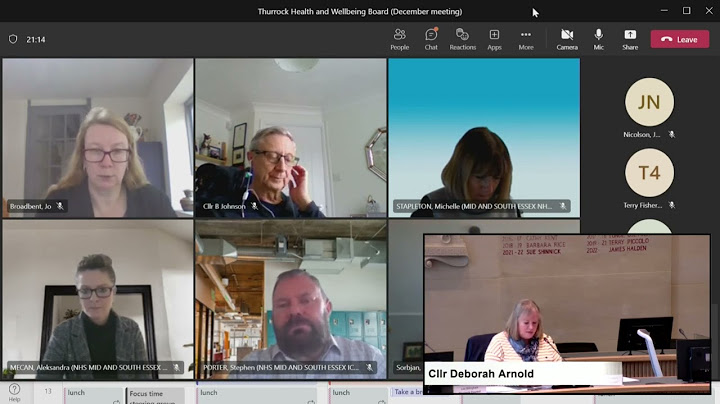Skip to content Show Below are the a few substantive procedures to consider when auditing NCA’s (Non current assets). First, lets deal with tangible NCA’s. For each audit assertion, a number of substantive procedures can be performed as listed below
INTANGIBLE ASSETS In case of intangibles,the key assertions are Existence – are they genuine? and Valuation A few procedures for some of the common intangibles are listed below
PS : if this has been helpful to you please leave a comment 🙂 What are the key financial assertions for another nonAssertions and objectives for audit of non-current assets. year have been recorded. - All non-current assets in use at the year-end are.. valuation) less accumulated depreciation. ... . being used. ... . impairment. ... . Audit tests to ensure that assets are recorded at the correct cost/valuation.. What are the four assertions that normally considered for tests of details of intangible assets?Four assertions are normally considered for tests of details of intangible assets:. Existence and completeness.. Valuation.. Rights and obligations.. Classification.. What is the most important assertion in the audit of intangible assets?Valuation Assertion
The importance of this assertion is to confirm whether the Intangible Assets balances truly reflect their actual economic value as at reporting date of the financial statements.
What are the 5 financial statement assertions?There are five different financial statement assertions attested to by a company's statement preparer. These include assertions of accuracy and valuation, existence, completeness, rights and obligations, and presentation and disclosure.
|

zusammenhängende Posts
Werbung
NEUESTEN NACHRICHTEN
Werbung
Populer
Werbung

Urheberrechte © © 2024 nguoilontuoi Inc.


















